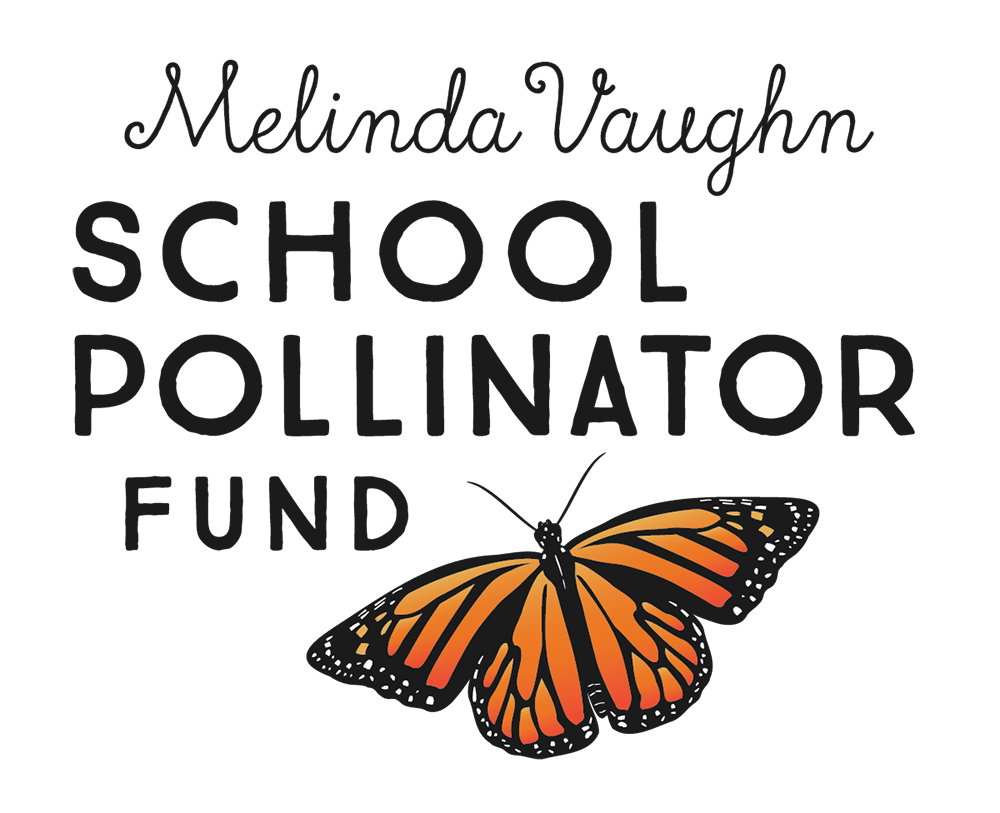7 Ways to Celebrate Minnesota’s Pollinators
Happy Pollinator Week! It’s a great time to celebrate pollinators: bees, birds, butterflies, bats, beetles, moths, wasps, and flies. Among the many reasons to do so, they’re responsible for 1 out of 3 bites of food we eat and they’re vital for healthy ecosystems.
In addition to the resources in the Pollinator Partnership’s 2024 Pollinator Week Toolkit, below are some ideas to celebrate Pollinator Week in Minnesota and help Minnesota’s pollinators year-round:
Create pollinator habitat. For ideas and guides, check out the planting resources provided by the Bee Lab at the University of Minnesota, the Minnesota Board of Water and Soil Resources Planting for Pollinators Guide, and the many other pollinator gardening resources on our organization’s community resources web page. The free Resilient Yards online learning series by Blue Thumb – Planting for Clean Water is another great place to start. If you’re a teacher or educator interested in pollinator gardening, we encourage you to download our free pollinator gardening guide for schools.
Go on a garden tour. Check the Wild Ones chapter events in Minnesota for native plant and native garden tours in your area. In the Twin Cities, join a naturalist at the Eloise Butler Wildflower Garden for a guided walk and learn about native plant species. If you’re in the Twin Cities, Hennepin County Master Gardeners will be hosting a Learning Garden Tour on July 13, 2024, that will include a rain garden component and a chance to chat with Hennepin County Master Gardener volunteers about gardening questions.
Learn more about pollinators. For in-person learning in the Twin Cities, check out the Tashjian Bee and Pollinator Discovery Center, a visitor center and hub for community education that’s grounded in the world-renowned bee research of University of Minnesota Scientist Marla Spivak, Ph.D. For remote learning, explore the UMN Bee Lab’s “Meet Your Pollinators” webinar series; check out the Xerces Society for Invertebrate Conservation’s Bring Back the Pollinators webinar series, Bug Banter podcast, or book list; join a Monarch Joint Venture webinar. The Pollinator Friendly Alliance also has a great webinar, video, and podcast list.
Take a field trip. See pollinators in action at pollinator plantings in Minnesota state parks. If you’re in Duluth, check out the Duluth Lakewalk Pollinator Gardens. In the Twin Cities, tour pollinator hot spots such as Eloise Butler Wildflower Garden, the Bell Museum learning landscape, Wakaŋ Tipi Awaŋyaŋkapi, the Nokomis Naturescape, and Dodge Nature Center. Many other nature centers in the Twin Cities also have pollinator-friendly landscapes and pollinator programming.
Participate in community science. Join the Minnesota Bumble Bee Atlas, Bumble Bee Watch, or Great Sunflower Project, or track the monarch migration through Journey North. You can also sign up to volunteer as part of the BioBlitz at Wakan Tipi on Saturday, June 29, 2024, at Bruce Vento Nature Sanctuary, or for one of Great River Greening’s pollinator monitoring events in June or July.
Take the Xerces Society’s Pollinator Protection Pledge. It’s made up of just four simple principles: Grow pollinator-friendly flowers, provide nest sites, avoid pesticides, and spread the word.
Mark your calendar for upcoming pollinator events. Make pollinator connections at events in Minnesota and just over the border:
Bilingual Monarch Festival, Thursday, August 8, Sullivan Lake Park, Columbia Heights
Renew Earth Running Haulin’ Pollen 5K - Sunday, Aug. 11, Lake Phalen, St. Paul
Pollinator Festival at Lake Phalen organized by Wakan Tipi Awanyankapi - Saturday, Aug. 11
Buzzin’ Backyards: the Art of Bringing Nature to Your Door, Saturday, Aug. 17, Carpenter Nature Center, Hudson, Wis. campus
Minneapolis Monarch Festival - Saturday, Sept. 7, Lake Nokomis Park
Buzz Fest organized by Altlawns of Richfield and Bloomington, Saturday, September 21 - More details to come
For more ideas, check out the Minnesota Environmental Quality Board’s 2023 Minnesota Pollinator Action Framework, a set of recommendations to help pollinators in Minnesota long term that includes actions by members of the public as well as state-led actions.
In Minnesota we also have some big wins to celebrate, including the recent news that more than a dozen environmental organizations in the state signed the Mississippi River Operation Pollination Partnership, a major collaboration between organizations that have a stake in protecting the Mississippi River’s natural environment. Other wins from the past year include a $4 million environmental budget passing for the state Lawns to Legumes program, which provides funding and other resources for people to plant pollinator gardens in their yards, and the addition of the Highways for Habitat Program, a statewide program that will increase roadside habitat for pollinators and other wildlife in Minnesota.
Adding to these wins is all the efforts to create and restore habitat for pollinators in Minnesota over the past year. In 2023 alone Great River Greening created resilient habitats and addressed biodiversity loss on over 5,000 acres throughout the organization’s programs in Minnesota.
Here’s to more wins for pollinators in 2024! Have a great Pollinator Week, and thanks so much for looking out for the pollinators!

